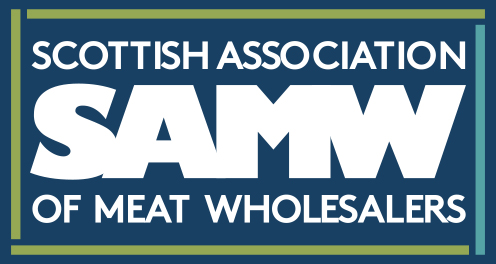QMS survey bolsters case for increased livestock production
The serious decline in livestock supplies to the Scottish meat sector has been given added weight by the release of new survey details by Quality Meat Scotland (QMS).
Independent analysis by QMS, undertaken in response to requests by the Scottish Association of Meat Wholesalers (SAMW), seeking an accurate and independent assessment of livestock supplies, has revealed a 9% decline in the Scottish suckler herd during the five years to December 2009. The QMS work bears out what SAMW has been saying for the last two years.
Red meat processing has traditionally been a low margin, high volume industry, needing suitably high volumes of livestock going through abattoirs. SAMW has warned for a long time that the decline in livestock production, brought about by the reform of the CAP in 2004, is threatening the security of one of Scotland’s major industries. In light of the QMS findings, the Association has warned that Scotland Food and Drink’s target of increasing Scottish food and drink production to £17 billion is in jeopardy.
Survey findings:
- The decline in Scottish (and UK) breeding stock numbers, seen since the introduction of decoupled CAP payments. The suckler herd declined by 9% between December 2004 and December 2009. This is a major concern for the Scottish processing sector;
- This decline in stock numbers is a major threat to the profitability of the Scottish abattoir sector, forcing overheads to be spread over much-reduced throughputs;
- As capacity usage declines, margins become squeezed and, in extreme cases, facilities adjust the number of days per week they operate, laying off staff, or closing completely;
- As output reduces, the ability of the processing sector to contribute towards the Government’s targets for a thriving and expanding food and drink sector also declines;
- Capacity usage of abattoirs during 2009 was 65% for cattle; 37% for sheep and 56% for pigs;
- Despite the reintroduction of mature cattle into the food chain in late 2005, cattle line usage is shown to have fallen steadily since 2006;
- As regards sheep, even at peak throughputs, abattoir lines are seldom working at more than two thirds of capacity;
- Usage of pig capacity has declined 9% with most of that decline occurring in 2010;
- Tight supplies of prime stock over the past two years have resulted in processors paying considerably more for their raw materials. However, at the other end of the marketing chain, retail prices have not moved as quickly;
- The margin between producer and retail prices has become less with most of this pressure being felt by the processing sector;
- The continued decline in breeding stock numbers, which has occurred in Scotland since the decoupling of producer support in January 2005, is beginning to impact adversely on the Scottish processing sector;
- Any further decline in the Scottish livestock population will call into question the sustainability of processors in Scotland;
- As a significant exporter of product, outside of Scotland, further decline in livestock numbers will limit the contribution Scotland can make to securing food supplies for a growing UK and European population.
Commenting on the survey, Alan Craig, SAMW President, said: “This is a very valuable piece of work by QMS. It provides the evidence to back up what we have been saying for more than two years. We have pleaded our case to the Scottish Government, to the CAP Health Check, to the Brian Pack Review, as well as to Brussels through the European Meat and Livestock traders’ Union (UECBV), all so far without an adequate response.
“Whatever the outcome of the CAP process both pre and post 2013, there is no doubt that production incentives are vital to underpin Scotland’s reputation as a serious country of quality meat production in both home and export markets.”
